The browser bar title on the “About” page of Dave Rupert’s personal website—”Howdy, Partner”— is perhaps the first sign that the man behind the site exudes a contagious personality. As Rupert explains in his bio, he’s a web developer, podcast host, and father of two. He also shares that he lives in “Austin, TX; the best damn city, in the best damn state, in the best damn country, in the whole damn world.” (He doesn’t cite any sources for these claims).
Two things are clear: The 40-year-old loves the Lone Star State and he’s exceedingly friendly, the latter of which drove him to create one of the leading digital accessibility resources today, The A11Y Project.
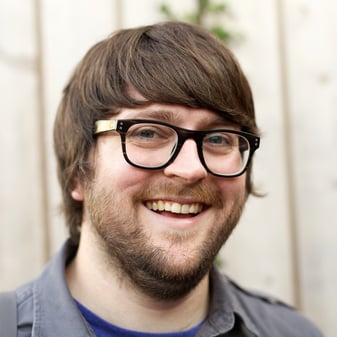
In announcing the platform in 2013, he wrote how it “long bothered me why my knowledge of accessibility is so lacking,” adding, “[t]one matters and indirect communication, or worse public shaming, creates an unhelpful and sometimes hostile environment.”
“I had a couple experiences where I launched a thing and then you set up a little search term for your thing on Twitter because you’re vain, and then you start seeing, ‘Oh, what a bunch of idiots. They made it bad,’” Rupert says of responses from the outside world. “That’s not an environment for anyone. I would like to change that, or at least, as a practitioner, I don’t have all day to surf the accessibility blogs or read the academic papers (to find solutions).”
As a result, the A11Y Project was founded on three core tenets:
- Writers would target an eighth-grade reading level, so the information was easily understood.
- Posts would be concise and up-to-date.
- All involved in developing content for the site should be forgiving.
Empathy, inclusion, and evolution defines the project as a whole. The A11Y Project is open-source software, meaning anyone who chooses can view the underlying code and collaborate in the development of the site. It features a checklist for visitors to measure their respective site’s Web Content Accessibility Guidelines (WCAG) compliance, and posts that cover a range of accessibility topics, from debunking myths to providing quick tips and guides.
And, most importantly, the A11Y Project solicits feedback and invites contributors to keep the information correct and relevant.
“You’d have to surf people’s blogs,” Rupert says of finding accessibility solutions prior to the emergence of the A11Y Project. “That’s good and bad. You’re kind of diagnosing the whole problem so people will say, ‘That person is smart. We need to hire them.’ That’s fine, and we need those blogs, but I think, for me, we needed a collective repository that stayed up to date.”
He recognized that need through his own experiences in a career that dates back to the pre-Y2K Internet. Jeffrey Zeldman’s book, “Designing with Web Standards,” introduced to Rupert the concept of accessibility, and a series of professional incidents over the years sparked his mind, including the aforementioned project that drew criticism on social media, a high-profile client who asked him about testing their site in high-contrast mode (a setting Rupert had yet to consider), and a podcast guest who, as Rupert remembers it, revealed they didn’t “care about accessibility” and “just use good headings and bingo and bango, the website’s done.”
“People think they know everything, but, collectively, we know nothing. So I think I was just like let’s open-source and bring in smart, talented people,” Rupert says. “I think we can make accessibility cool, somehow. Or at least pull it out of this niche culture of the web, and make it kind of something everyone can do.”
That mission, well on its way at the A11Y Project where Rupert has “kind of retired,” extends to his other endeavors. Of course, accessibility’s top of mind in his role as lead developer at Paravel. On ShopTalk, he and co-host Chris Coyier have devoted some 40 episodes of their award-winning podcast to the subject. Rupert has also been a featured speaker on accessibility at various events and conferences, most recently All Things Open 2020.
What it comes down to is remaining open-minded and active in pursuing better solutions for all. Rupert can’t unknow the challenge of accessibility, and his real-world observations inspire him to rethink what he does know and share it. As recent examples go, he recalls watching his 82-year-old neighbor, in need of a plumber, ditch a company’s website because she couldn’t read it on her iPhone, or when he found himself bemused as his parents, in-laws, and their friends traded tips on making the text bigger on their phones.
Then there was his recent virtual visit to the Texas School for the Blind and Visually Impaired, which included a meeting with students from the school’s technology club. They talked him through the accessibility of two of his clients’ websites, one “great,” the other “terrible”—feedback Rupert took to heart. But what stayed with him were the responses to his question about their preferred assisted technologies.
“For these kids in particular, there’s grades of technology they’ll even engage with. They’ll try to do it with magnified, zoomed in, pinched zoom or whatever,” he says. “And if they’re not getting it, they’ll pop on the screen reader and get the headings real quick, and get to where they want. They kind of go in and out of levels of technology. That’s really important to understand.”
It’s part of the switch in mindset. Or as Rupert puts it, from making sites work properly for people with vision impairments to building something everyone can use.
The sentiment reinforces that accessibility is about inclusion, and as soon as web developers recognize it, the better they can serve all of their potential customers.
“It’s not a uniform body of disability, it’s like a very wide, multi-vectored spectrum of capability,” he says. “I’m even on that. I wear glasses. I have bad hearing. I’m on that spectrum, just at a different level.”
You can find Rupert at daverupert.com, subscribe to ShopTalk wherever you get your podcasts, and follow him on twitter @davatron5000. Say howdy. He’ll likely say howdy back.
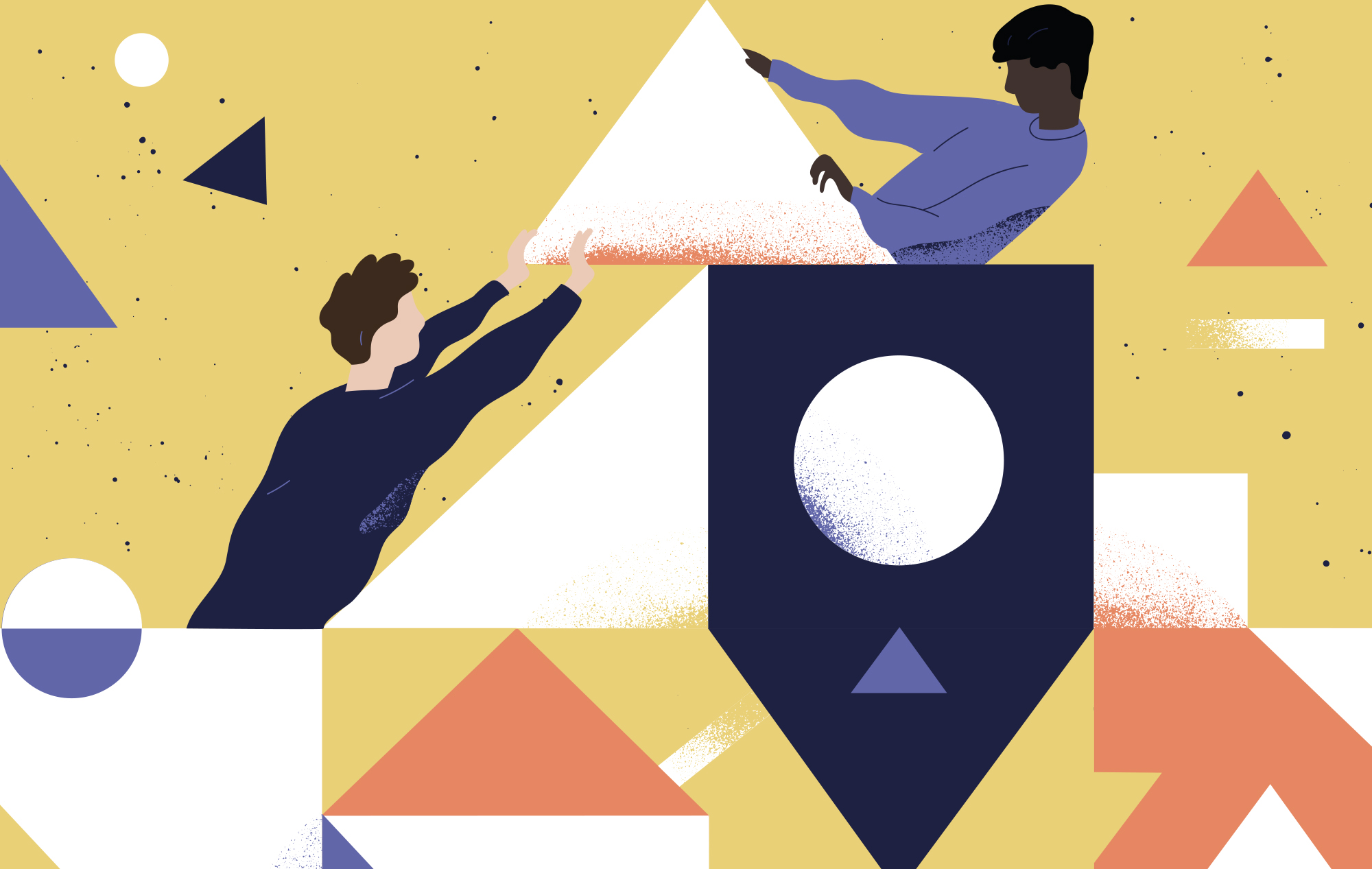
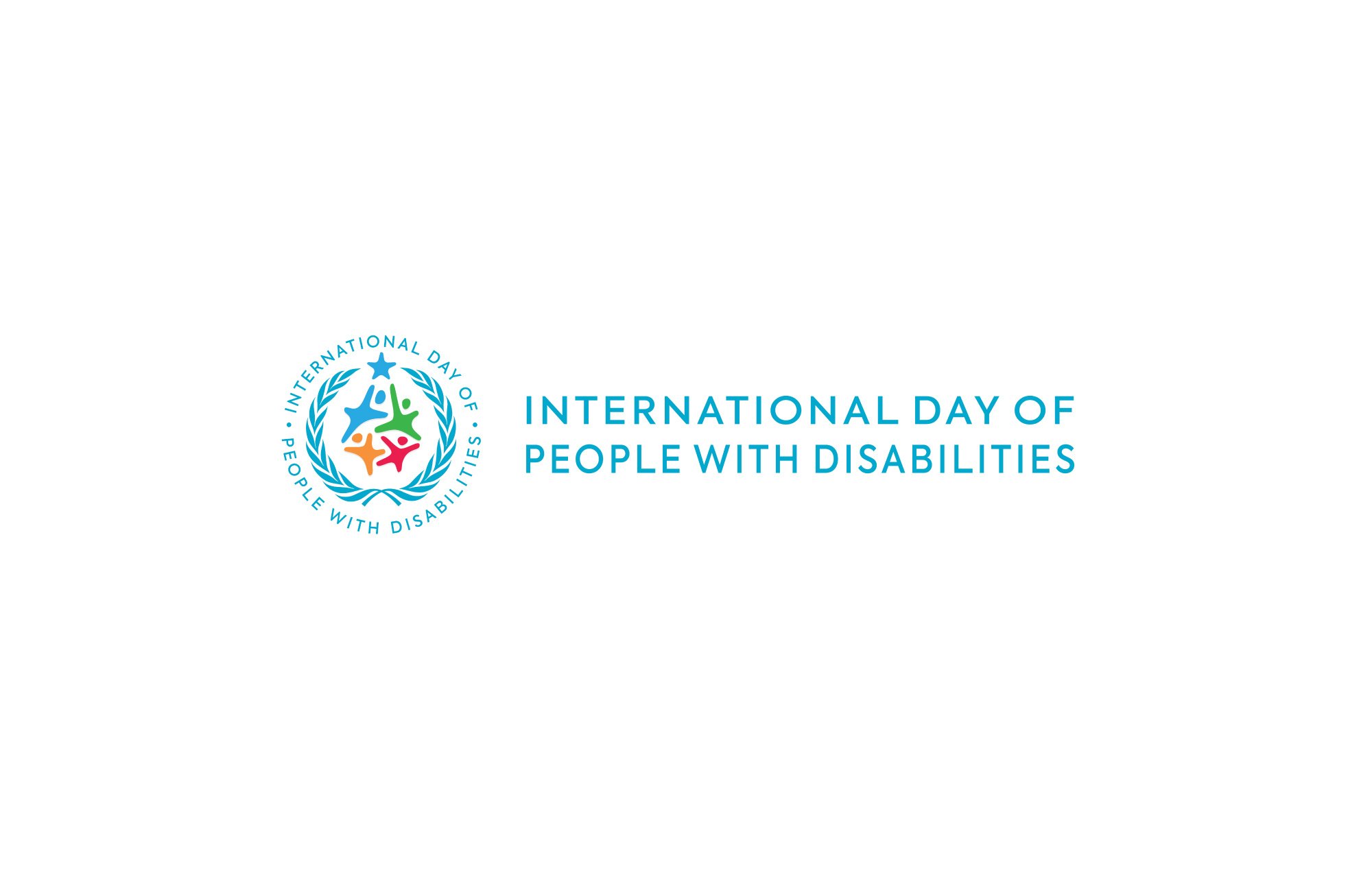
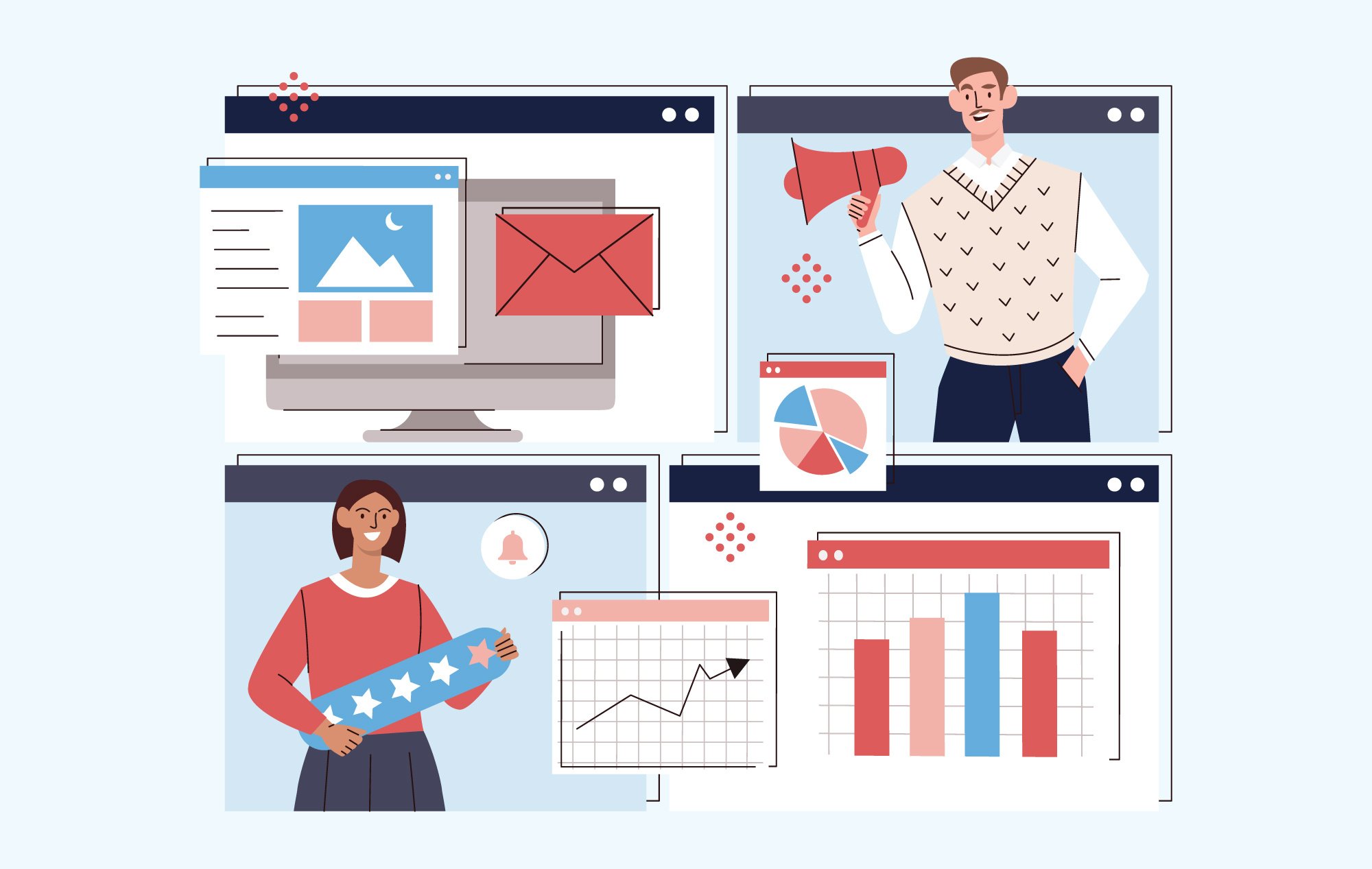
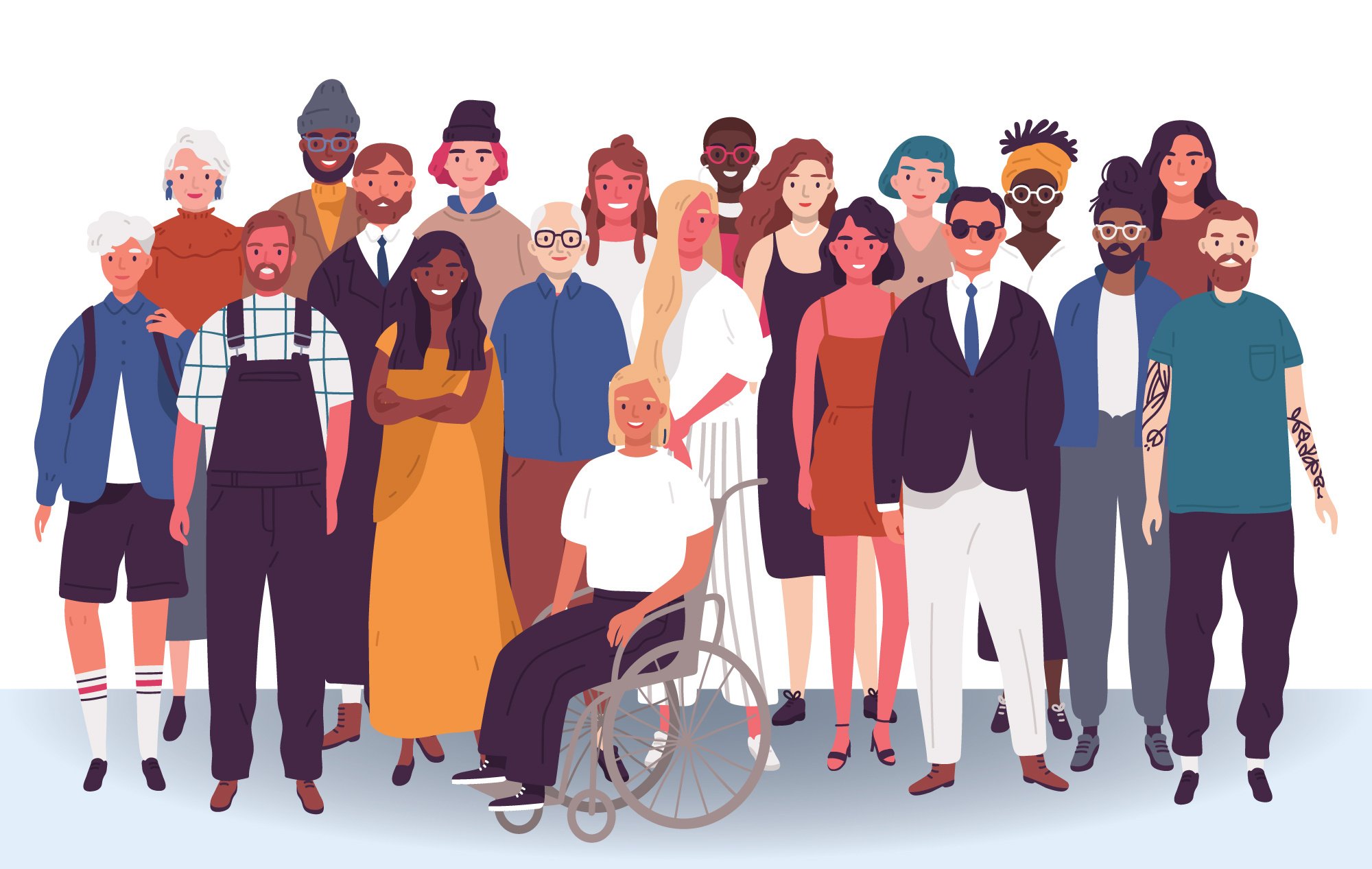


Leave a Comment